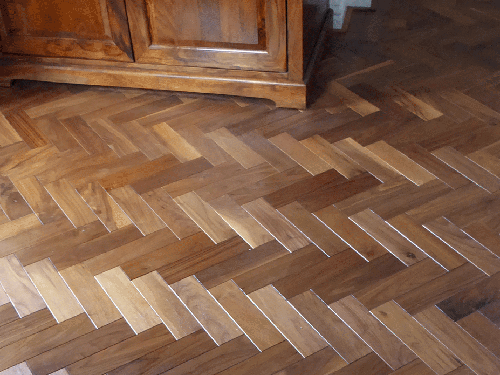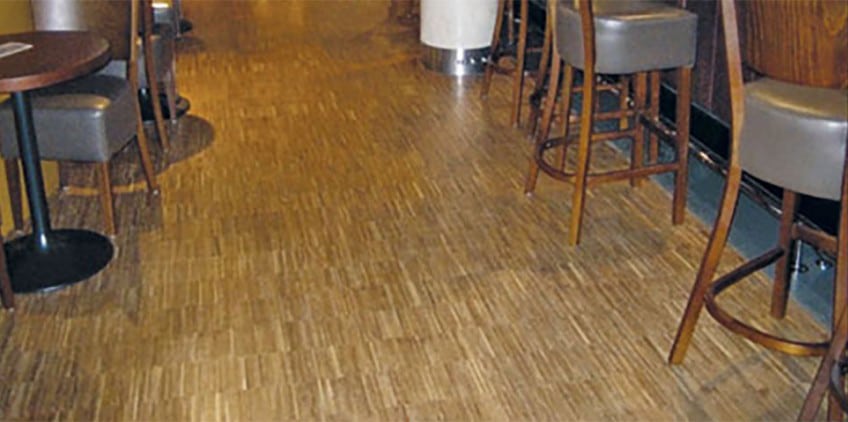For those of you who are not familiar with parquet flooring, this is the name given to a type of flooring made from small blocks or strips of wood which are laid in a regular and geometric pattern. Dating back to the mid 17th century, parquet flooring is enjoying a resurgence of late due to its ease of installation and the fact that it’s such a cost effective flooring choice.
Various species of wood can be used to make parquet flooring, such as oak, walnut, pine, cherry and maple, giving homeowners plenty of choice as to the look they want to achieve. It can also be made from both solid and engineered wood. But is parquet flooring be the perfect choice for your home? Let’s have a look at a few of the key benefits of this versatile flooring type.
1. It’s unique
No two parquet flooring installations have to look the same, with each floor having its own wood types, colour and grains. That can be extremely appealing for homeowners who want to create a unique and appealing floor. While squares, triangles and lozenge shapes feature strongly in parquet flooring designs, stars, suns and chevron patterns are also possible. The herringbone design is also an extremely popular choice.
2. It’s budget-friendly
Whatever your budget, there is sure to be a parquet flooring for you. That’s because the wide range of wood types and choice of solid wood or engineered flooring allows you to choose a solution that meets your requirements. That includes the type of finish you want, the pattern and the cost.
3. It’s durable
Parquet floors are durable and can easily handle the demands of everyday use, even in busy areas. Take care of it properly and the strength of parquet flooring means it could last for up to 50 years in a single space. This does rely on it being properly sealed in the first instance and cleaned and cared for properly. It’s also important to avoid excessive moisture or humidity.
4. It’s easy to maintain
One of the biggest benefits of parquet flooring for busy homeowners is the fact that it’s so easy to clean and maintain. A simple routine of sweeping and mopping will do the job. Any spillages can be easily wiped up and it does not hold stains easily or absorb odours. One thing to remember is that rough materials and abrasive cleaners are not to be used on parquet surfaces, but all that does is simplify the maintenance regime.
5. It’s allergen-free
Parquet flooring doesn’t trap dust, dirt and allergens the way other flooring types can. This makes it an excellent choice for those with allergies or families with young children who could develop allergies. It’s also an excellent option for those with pets as it’s so easy to keep clean.
Could parquet flooring be the perfect floor solution for your home? Take a look at our range of parquet floors and or get in touch to discuss your requirements with our team.



